
Roots
The strands that crown us carry an ancient memory, a whispered song of lineage and resilience. Each coil, each curve, holds within its very structure the indelible mark of journeys through sun-kissed savannas, bustling marketplaces, and the profound wisdom of elders. Before the forced erasure, before the judgments, textured hair was a living parchment, telling tales of community, status, and spirit.
It was, for many, a conduit to the divine, a literal connection to the source. The understanding of our hair, from its deepest biological inclinations to the meanings woven into its very being by generations past, forms the foundation of its sacred place in our heritage.
This journey into understanding our hair’s inherent nature, a journey from elemental biology to ancestral reverence, reveals how attempts to diminish its natural form are not mere aesthetic preferences. These attempts represent a profound disruption of a heritage that spans millennia. The CROWN Act, in this light, emerges not as a sudden novelty, but as a formal recognition of a truth long held within our communities.
It stands as a contemporary legal echo of an ancient assertion ❉ our hair is not just hair. It holds a story, a legacy, and a deep connection to who we are, a connection that has been systematically challenged.
Consider the biology of textured hair, its unique elliptical cross-section, its tendency to coil and curve, features that allow it to retain moisture and offer protection in diverse climates. For centuries, across various African societies, this very morphology was understood through observation and practice, inspiring traditions of care tailored to its distinct qualities. Ancient Egyptians, for example, used castor oil and almond oils, sometimes mixed with honey and herbs, for hair care, promoting growth and shine. The hair was often adorned with ivory, beads, and cowrie shells, signifying social standing or spiritual beliefs.
Pre-colonial African societies viewed hair as a powerful means of communication. A person’s hairstyle could convey their age, marital status, ethnic identity, religion, wealth, or rank within the community. This deep, symbolic understanding of hair, woven into daily life and ceremony, contrasts sharply with the narrow, imposed standards that arose from colonial encounters and the transatlantic slave trade.
Textured hair, from its biological architecture to its cultural meanings, represents a living library of ancestral knowledge and community identity.
The forced shaving of heads upon arrival in the Americas during the transatlantic slave trade aimed to strip individuals of their identity and cultural ties, a brutal act of cultural erasure. Laws like Louisiana’s 1786 Tignon Law explicitly mandated that Black women cover their hair in public, seeking to diminish their presence and social standing. Such historical oppressions solidified a narrative that deemed natural Black hair as unprofessional, unattractive, or unkempt, a mindset that persisted for centuries and fueled a systemic bias.
The CROWN Act, an acronym for “Creating a Respectful and Open World for Natural Hair,” directly counters this historical subjugation. It works to expand existing civil rights protections to include hair texture and hairstyles historically associated with race, including styles such as locs, braids, twists, and Afros. This legislative action acknowledges that discrimination based on hair is, in essence, race-based discrimination, seeking to dismantle policies and practices that have historically excluded Black individuals from educational and professional spaces due to their natural hair. The law’s existence validates the deep-seated heritage woven into these very styles, aiming to safeguard the ability to wear them without penalty.
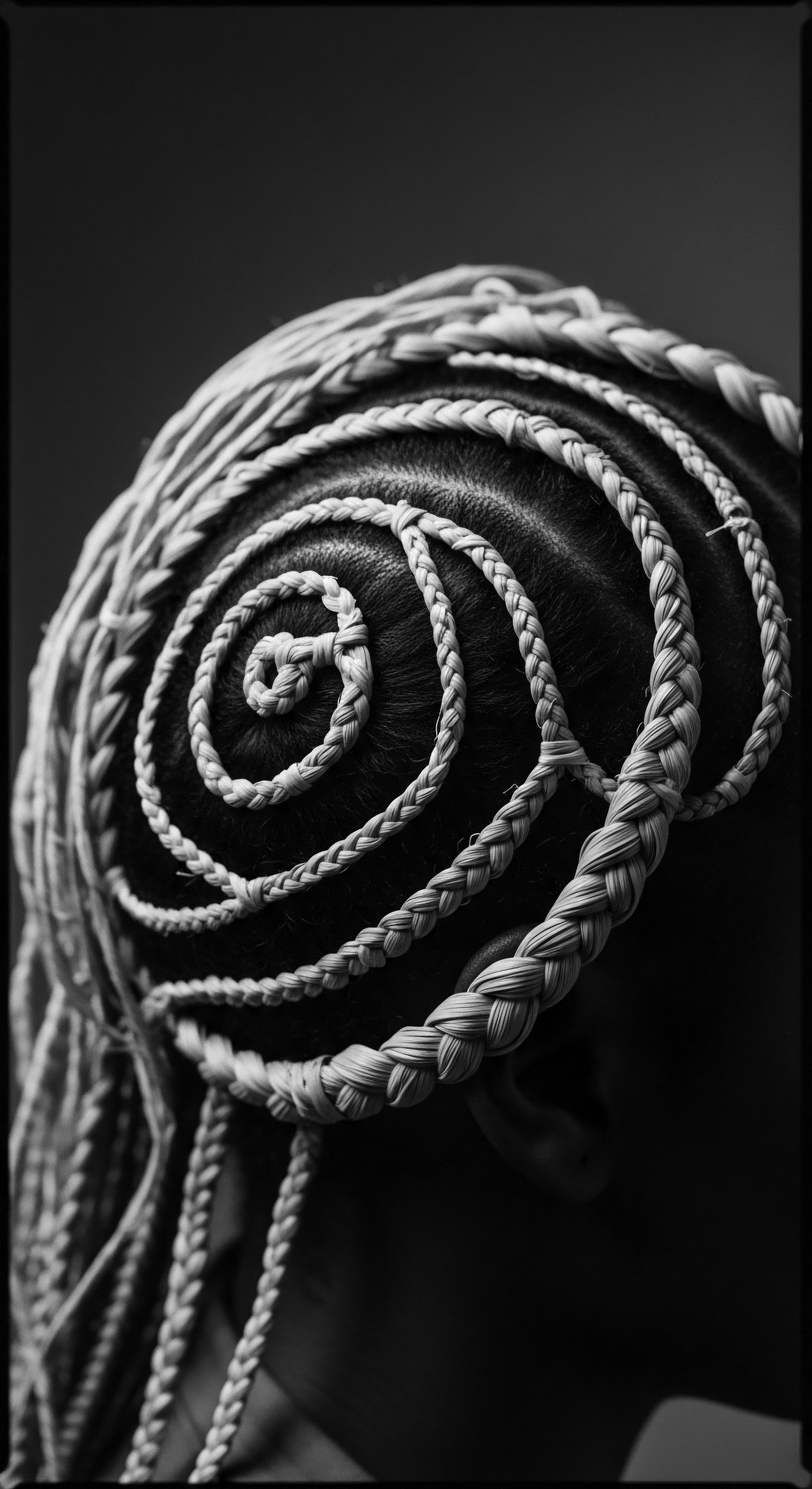
Hair Anatomy and Its Ancestral Meanings
The physiological structure of textured hair is inherently distinct. Its helical shape, the varying distribution of disulfide bonds, and the specific composition of its cuticle layers combine to give it its characteristic curl patterns and strength. This unique architecture is not a flaw, but a biological adaptation, providing inherent properties such as volume and natural protection from environmental elements. Ancestral practices understood these qualities intuitively.
Early African communities recognized that tightly coiled hair offered warmth and protection in diverse climates. The very density and curl provided a natural cushioning and insulation.
Consider the ancient wisdom that informed hair care. The methods used were not simply about aesthetics; they were about preserving the integrity of hair that was inherently unique. The focus was on moisture retention, gentle manipulation, and protective styling—practices that resonate with modern scientific understanding of textured hair needs. This historical alignment of care with biology underscores a long-standing harmony with our innate hair structure, a harmony that modern discriminatory practices fractured.

Classifying Hair Textures and Cultural Echoes
Modern hair typing systems, while useful for product selection, can sometimes inadvertently reinforce a hierarchy that privileges straighter textures. The heritage perspective recalls a time when hair classification was not about perceived “manageability” or “professionalism” in a Eurocentric sense. Instead, it was about identity, community, and social markers.
| Aspect Function |
| Traditional African Significance Identity marker, social status, spiritual connection, communication tool |
| Imposed Eurocentric Perception (Historical) Aesthetic ideal (straight, smooth), indicator of conformity, often deemed "unprofessional" for textured hair |
| Aspect Care |
| Traditional African Significance Communal ritual, specific natural ingredients (oils, butters), protective styling |
| Imposed Eurocentric Perception (Historical) Chemical alteration (relaxers), heat styling for straightening, focus on "taming" hair |
| Aspect Styling |
| Traditional African Significance Intricate braids, locs, twists, Afros; conveying lineage, marital status |
| Imposed Eurocentric Perception (Historical) Styles mimicking European hair, emphasis on neatness and adherence to narrow standards |
| Aspect This table highlights the stark contrast between ancestral reverence for textured hair and the imposed biases that necessitated legislative action. |
The CROWN Act directly challenges these biased perceptions, asserting the inherent right of individuals to wear their hair as it naturally grows or in styles that honor their cultural background without fear of reprisal. It recognizes that the perceived “unprofessionalism” of textured hair is not an inherent quality of the hair itself, but a learned bias rooted in systemic racism.

Ritual
Our hair, beyond its foundational biology, lives in the daily practices, the moments of care, and the communal gatherings that have shaped its heritage. These rituals, passed down through generations, are not merely functional acts of grooming; they are expressions of self-love, community bonding, and a quiet assertion of identity. The very act of tending to textured hair becomes a meditative experience, connecting us to a lineage of hands that have coiled, braided, and nurtured these strands for centuries. The CROWN Act steps into this living tradition, acknowledging that these cherished rituals and their stylistic expressions deserve protection and respect in public spaces.
The historical denial of these deeply rooted hair traditions in professional and academic settings has carried a heavy burden. For centuries, individuals with textured hair have faced the agonizing choice between cultural authenticity and economic or educational opportunity. A 2020 study by Michigan State University and Duke University, for instance, revealed that Black women with natural hairstyles experienced a higher likelihood of being perceived as less professional and were less likely to be offered job interviews than white women or Black women with straightened hair.
This systemic bias is not an isolated incident; it is a recurring pattern that has forced many to chemically alter their hair, sometimes with detrimental health effects, to conform to Eurocentric standards. The CROWN Act directly confronts this imposition, providing a shield for the continuity of ancestral hair practices in modern life.
The CROWN Act champions the freedom to embody cultural heritage through hair, protecting cherished styling rituals from systemic discrimination.

Protective Styling and Ancestral Roots
Protective styles—cornrows, braids, twists, locs—are more than just aesthetic choices. They are a cornerstone of textured hair care, safeguarding delicate strands from environmental aggressors, reducing breakage, and promoting length retention. Their origins trace back to ancient African civilizations, where they served practical purposes alongside their profound cultural and social meanings.
Consider the historical ingenuity embedded in these styles:
- Cornrows ❉ This intricate braiding technique dates back thousands of years in African cultures, with some evidence placing their origin as early as 3500 BC. Beyond adornment, cornrows held significant cultural information, indicating tribal identification, marital status, and age. Enslaved Africans even used cornrows as a covert means of communication, creating maps to escape captivity or concealing seeds for survival within the braided patterns. This highlights their dual role as both cultural markers and tools of survival.
- Locs ❉ Though widely recognized today, locs also possess ancient roots. They were worn by various African groups to signify spirituality, social standing, and identity. The enduring nature of locs, allowing hair to grow undisturbed, mirrors a philosophy of acceptance and natural growth.
- Bantu Knots ❉ These tightly coiled knots, named after the Bantu-speaking peoples of Southern Africa, served not only as a style in themselves but also as a setting method for other styles. Their existence speaks to a sophisticated understanding of hair manipulation and preparation long before modern styling tools.
The CROWN Act’s explicit protection of these styles provides legal affirmation for their historical significance and their contemporary use. It ensures that wearing a style with such deep ancestral roots does not become a barrier to participation in schools or workplaces, a fundamental shift from previous discriminatory norms.
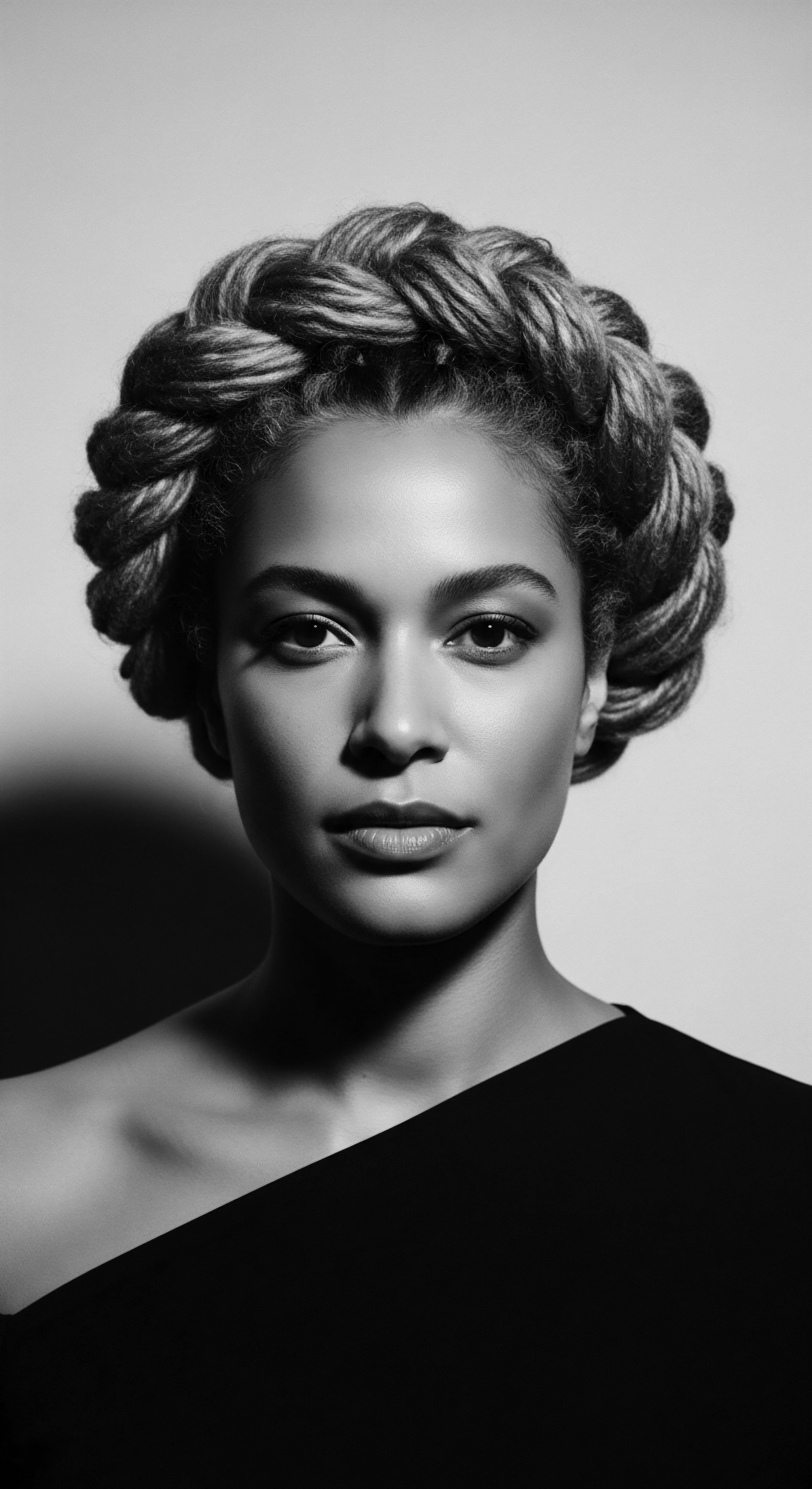
Natural Styling and Identity Markers
Beyond protective styles, embracing natural texture through wash-and-go methods, twist-outs, or defined Afros connects individuals directly to the authentic expression of their heritage. The Afro, in particular, became a powerful symbol of resistance and pride during the Black Power Movement of the 1960s and 70s, challenging Eurocentric beauty norms and proclaiming a celebration of African heritage. It was a visual declaration of self-acceptance, a rejection of forced assimilation, and a reclamation of ancestral identity.
The CROWN Act protects the right to wear hair in its natural, unaltered state, affirming that the diverse textures of Black and mixed-race hair are inherently professional and acceptable. This legislative step recognizes that the perceived lack of “professionalism” associated with natural hair is a social construct rooted in systemic racism, not an objective truth about the hair itself.

Tools and Their Echoes
The tools used in textured hair care also carry their own heritage. The Afro comb, for example, has origins dating back nearly 6000 years, used in ancient African cultures not only for grooming but also as a status symbol and decoration. The practice of using wooden or bone combs, along with natural oils and butters, speaks to a holistic approach to hair care that prioritized nourishment and gentle handling over harsh chemical treatments.
Modern innovation in hair tools can build upon this ancestral wisdom, developing technologies that support the health and styling of textured hair without compromising its integrity. The CROWN Act, by supporting the right to wear natural styles, indirectly promotes the development and acceptance of tools and products that cater specifically to textured hair, honoring a historical continuum of appropriate care.

Relay
The story of textured hair is one of enduring transformation, a continuous relay of ancestral knowledge, adaptation, and an unwavering assertion of identity. The CROWN Act represents a critical baton pass in this long race for dignity and recognition. It is a legislative response to centuries of systemic oppression, meticulously designed to dismantle the insidious ways in which hair discrimination has served as a proxy for racial bias. This act, while modern in its legal form, draws its strength from the deep wells of Black and mixed-race heritage, striving to create a future where the external expression of one’s cultural identity through hair is not a vulnerability but a celebrated right.
The historical context of hair discrimination is not anecdotal; it is a documented mechanism of control and dehumanization. During slavery, the shaving of heads was a deliberate act to strip identity. Later, laws such as the Tignon Law in 18th-century Louisiana forced Black women to cover their hair, attempting to visually enforce social hierarchy. These historical precedents laid the groundwork for persistent biases that continue to affect individuals in the present day.
A 2021 study by Dove, part of the CROWN research, indicated that 66% of Black children in majority-white schools experienced race-based hair discrimination, with 86% encountering it by the age of 12. This disturbing statistic highlights the pervasive and early onset of such bias, underscoring the urgent necessity of legal frameworks like the CROWN Act to safeguard heritage and self-expression.
The CROWN Act, as a modern legal instrument, actively dismantles the historical chain of hair discrimination, allowing textured hair traditions to flourish without fear of penalty.
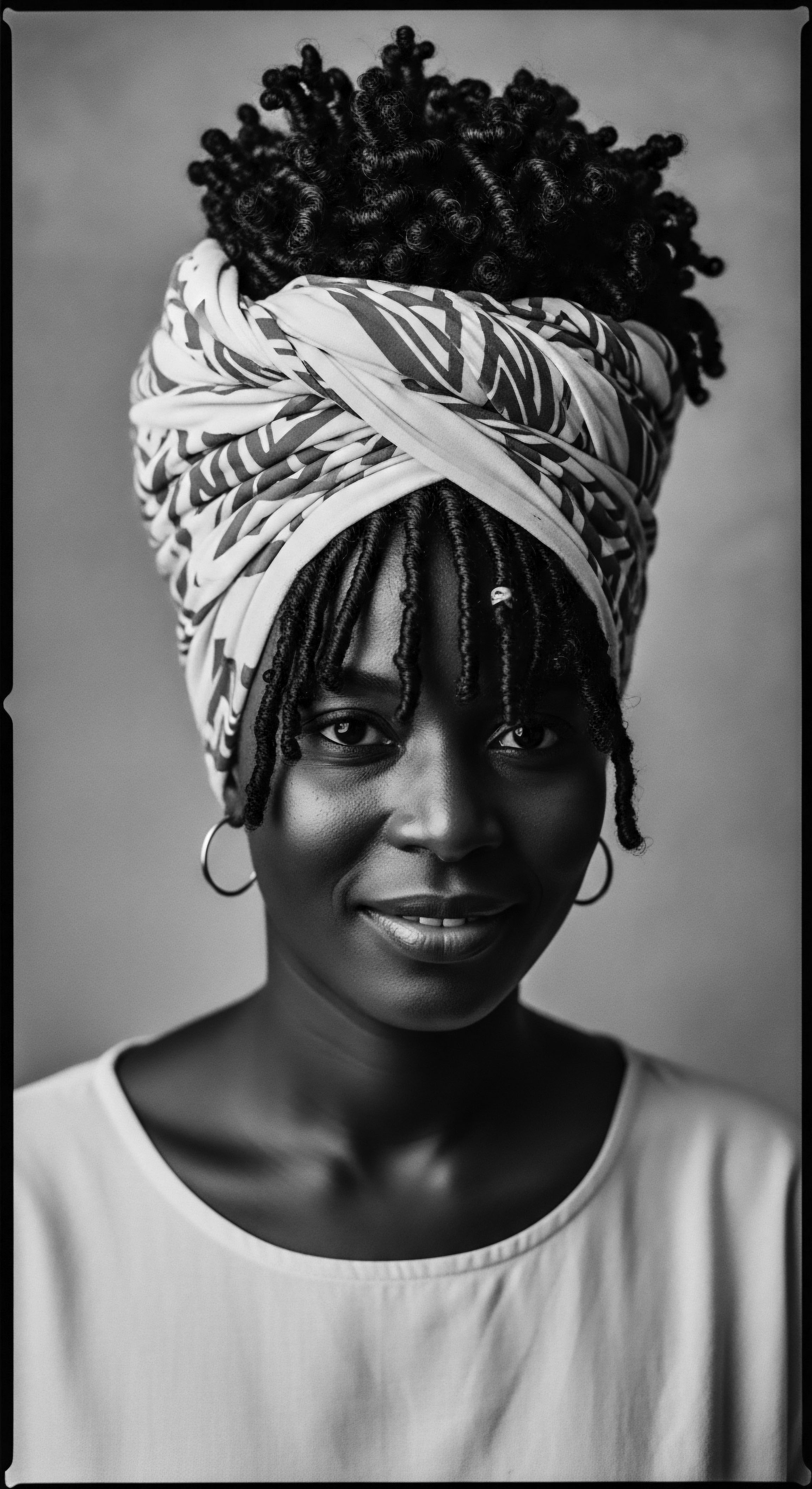
Deconstructing Systemic Bias ❉ A Legal Lens
The CROWN Act functions by explicitly expanding the definition of race in existing anti-discrimination laws to include hair texture and protective hairstyles. This is a crucial distinction, as previous interpretations of civil rights legislation, like the Civil Rights Act of 1964, often failed to offer explicit protections against hair discrimination, creating a legal loophole. The Act addresses systemic racism by targeting policies that, while seemingly neutral on their surface, disproportionately impact Black and brown individuals.
Consider the subtle, yet potent, mechanisms through which hair discrimination operates:
- Subjective Professionalism Standards ❉ Workplace and school grooming policies often invoke vague terms like “neat,” “clean,” or “professional.” These terms, when applied to textured hair, often become proxies for Eurocentric beauty standards, leading to the perception that natural Black hairstyles are somehow less appropriate.
- Economic and Educational Barriers ❉ The fear of being sent home from work or school, denied job interviews, or losing educational opportunities because of hair creates significant pressure to conform. Black women, for instance, are 1.5 times more likely to be sent home from the workplace due to their hair, and approximately two-thirds change their hair for job interviews. This economic and social cost to cultural authenticity is a direct consequence of discrimination.
- Psychological Impact ❉ The constant pressure to alter one’s hair to fit imposed standards can have a profound psychological effect, leading to feelings of self-doubt and internalized racial oppression. The CROWN Act, by providing legal recourse, offers a pathway to affirmation and psychological safety, allowing individuals to embrace their authentic selves.
The legal battle against hair discrimination has a notable history, from the 1976 case of Jenkins v. Blue Cross Mutual Hospital Insurance, which affirmed the right to wear Afros under Title VII, to later cases where protections for braids were denied on the grounds that they were not “immutable racial characteristics”. The CROWN Act directly counters such narrow interpretations, asserting that hair texture and associated styles are, indeed, inextricably linked to race and cultural heritage.

Global Echoes and Local Impact
While the CROWN Act is a legislative effort primarily within the United States, the phenomenon of hair discrimination is not confined to its borders. Similar struggles for hair autonomy resonate across the African diaspora and in other parts of the world where Eurocentric beauty standards have been imposed. The CROWN Act’s passage in various states—California leading the way in 2019, with 25 states adopting similar laws as of 2024—signals a growing global awareness and a collective determination to challenge these biases.
The Act’s legislative framework establishes a legal precedent that can inspire similar movements globally, creating a ripple effect of protection for textured hair traditions worldwide. It signifies a cultural shift where policies begin to honor the rich legacy of hair, rather than attempting to erase it.

Beyond Legislation ❉ Cultivating a Culture of Reverence
The CROWN Act serves as a vital legal bulwark, yet its true strength lies not only in its punitive measures but in its power to reshape societal norms. It mandates a shift in perception, moving away from viewing textured hair as something to be “managed” or “tamed” and towards its recognition as a natural expression of beauty and heritage. The Act facilitates a space where Black and mixed-race individuals can engage with their hair traditions—from intricate braiding patterns to the unapologetic fullness of an Afro—without fear of professional or academic repercussions.
This legislative action allows the continued practice of ancestral hair care rituals, fostering a deeper connection to cultural identity. It permits stylists and care providers to openly celebrate and specialize in textured hair, further solidifying the heritage within the beauty industry. The impact extends beyond legality, encouraging a broader cultural acceptance and celebration of diversity in appearance, particularly in spaces that have historically enforced uniformity. It is a step toward truly unbinding the helix of heritage, allowing it to unfurl in its authentic glory.
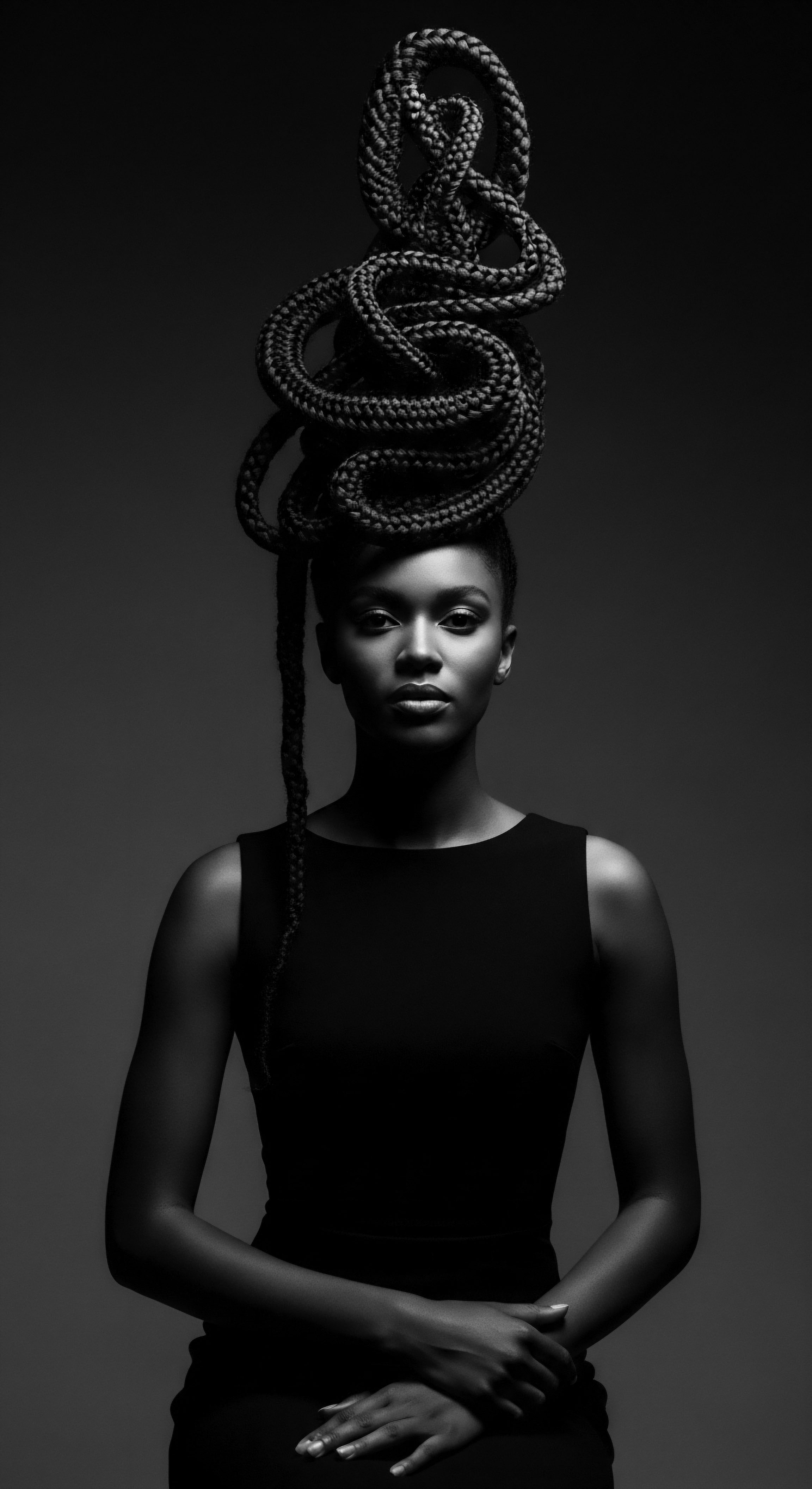
Reflection
To journey through the narrative of textured hair, from its ancient origins to the contemporary assertion of the CROWN Act, is to truly comprehend the profound spirit residing within each strand. This is not merely about legislative text or courtroom victories; it is a meditation on perseverance, identity, and the enduring power of heritage. Our hair, a living archive, tells stories that no colonial decree or discriminatory policy could ever fully silence. It speaks of queens adorned with intricate patterns, of enslaved ancestors braiding rice seeds as maps for survival, and of civil rights crusaders wearing their Afros as declarations of freedom.
The CROWN Act, therefore, does not grant a new right. It merely seeks to re-secure a right that was always inherent ❉ the right to exist authentically, to express one’s cultural lineage through the very fiber of one’s being, without fear of judgment or penalty. It is a societal mirror, reflecting back to us the biases that have persisted, while simultaneously illuminating a path towards a future where diversity of hair, a cornerstone of Black and mixed-race heritage, is simply seen as beautiful, natural, and inherently professional.
The true work, then, extends beyond the signing of bills. It lies in the tender hands that continue ancestral braiding rituals, in the collective breath shared in a salon chair, in the quiet confidence of a child wearing their coils with pride, and in every single strand that stands unbound. It is a continuous act of remembering, a gentle tending to the garden of our collective heritage, ensuring that the soul of each strand remains vibrant, honored, and eternally free.
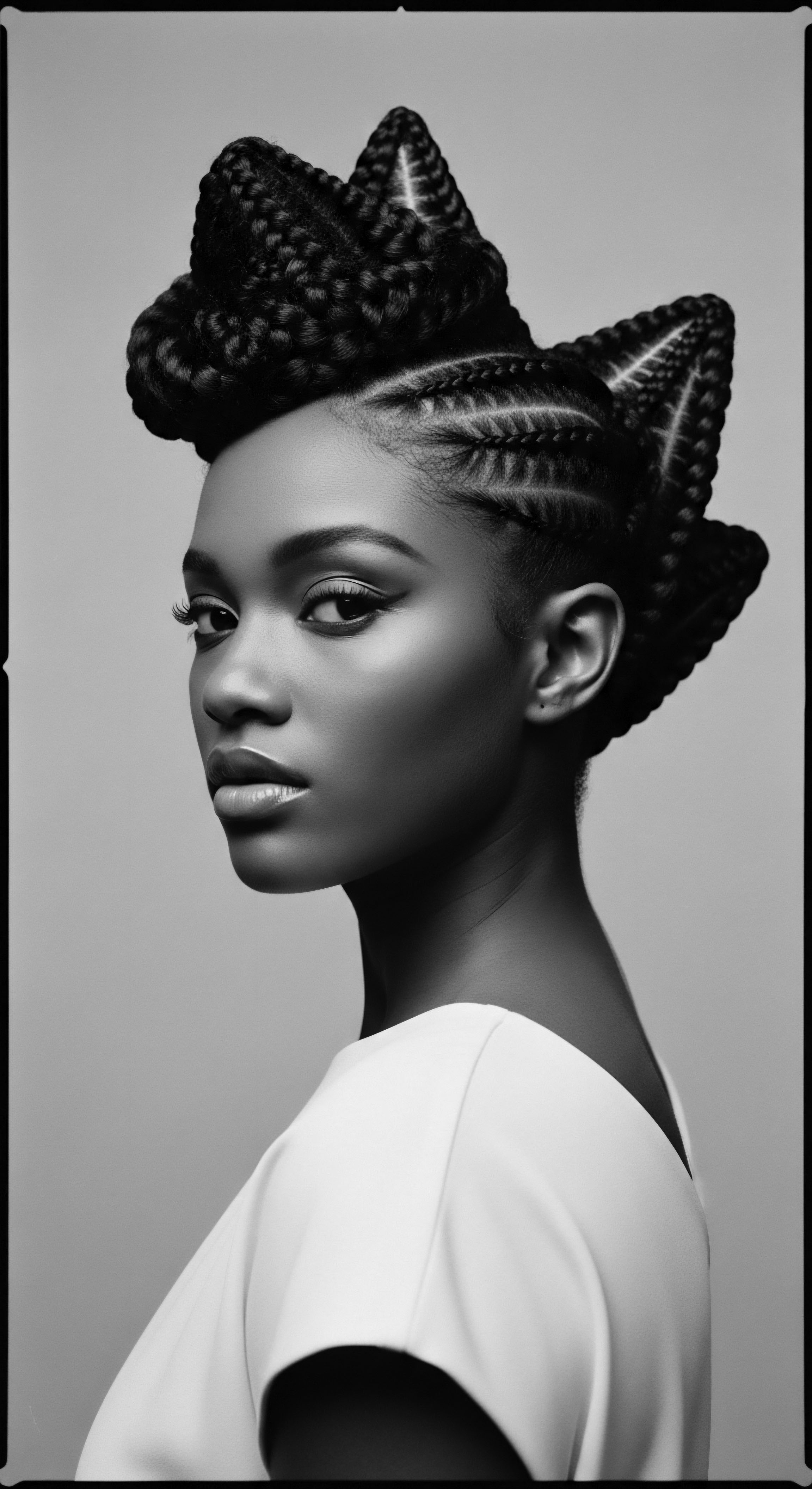
References
- Byrd, Ayana, and Tharps, Lori L. Hair Story ❉ Untangling the Roots of Black Hair in America. St. Martin’s Press, 2001.
- Dabiri, Emma. Twisted ❉ The Tangled History of Black Hair Culture. Harper Perennial, 2019.
- Dove CROWN Research Study. 2021 Dove CROWN Research Study for Girls. JOY Collective, 2021.
- Dove CROWN Research Study. 2019 Dove CROWN Research Study. JOY Collective, 2019.
- Legal Defense Fund. Hair Discrimination FAQ. LDF, 2020.
- Rosette, Ashleigh Shelby, and Livingston, Robert W. “The Natural Hair Bias in Job Recruitment.” Social Psychological and Personality Science, 2020.
- White-Jolivette, Tammy. “African American Women’s Experience of Wearing Natural Textured Hair.” Walden Dissertations and Doctoral Studies, 2025.
- Omotos, Adetutu. “The Significance of Hair in Traditional African Culture.” Journal of Pan African Studies, 2018.
